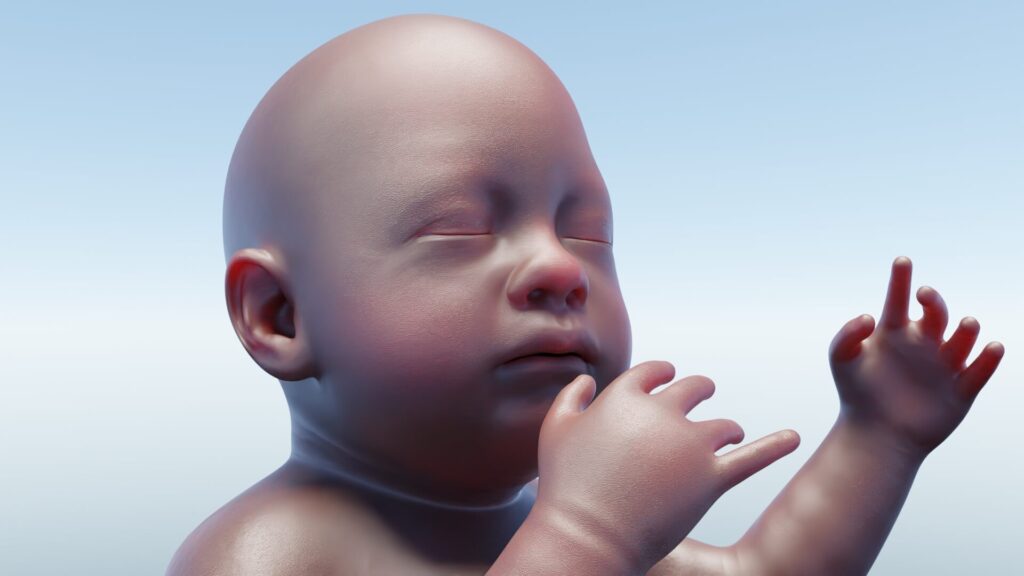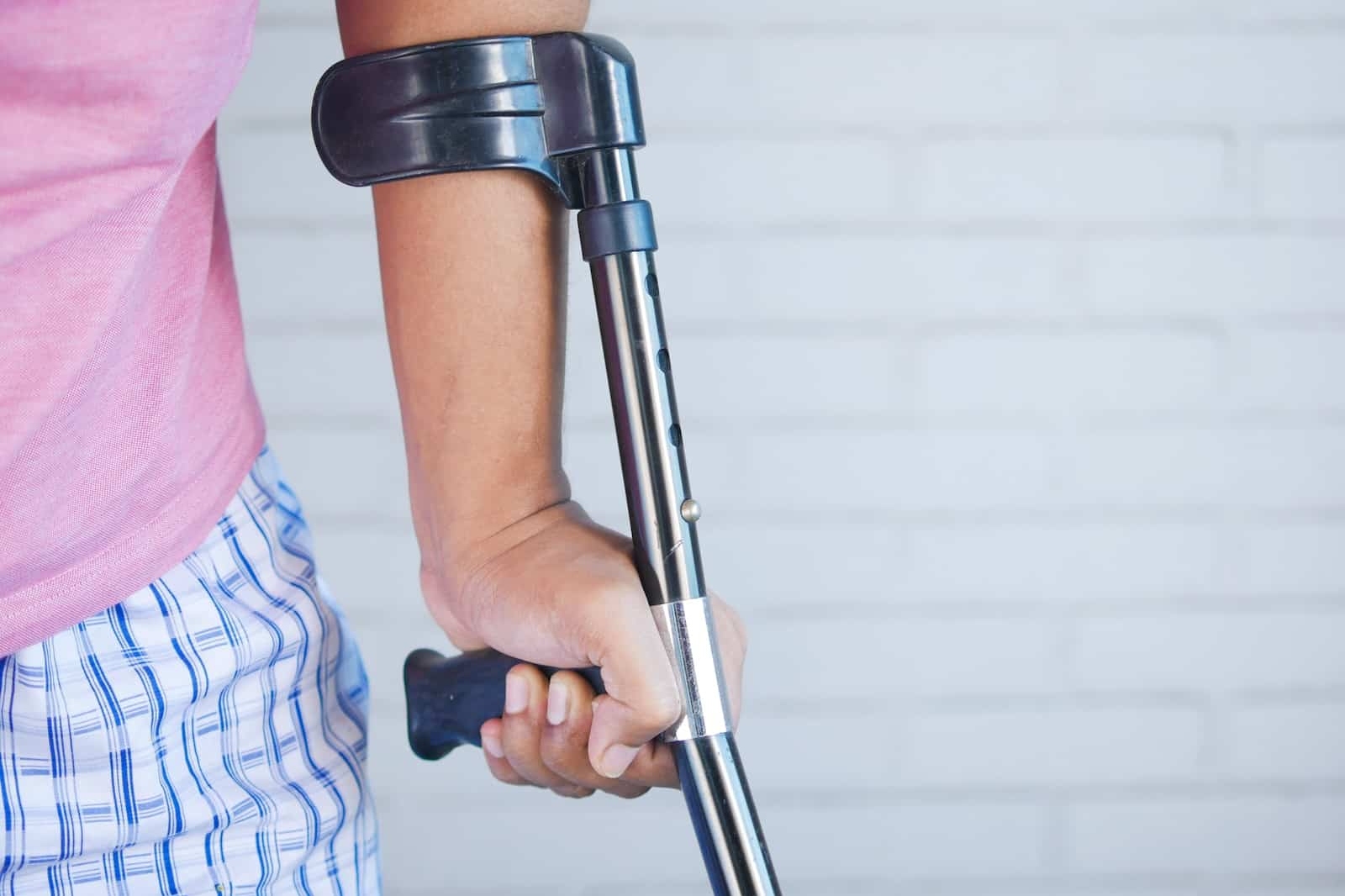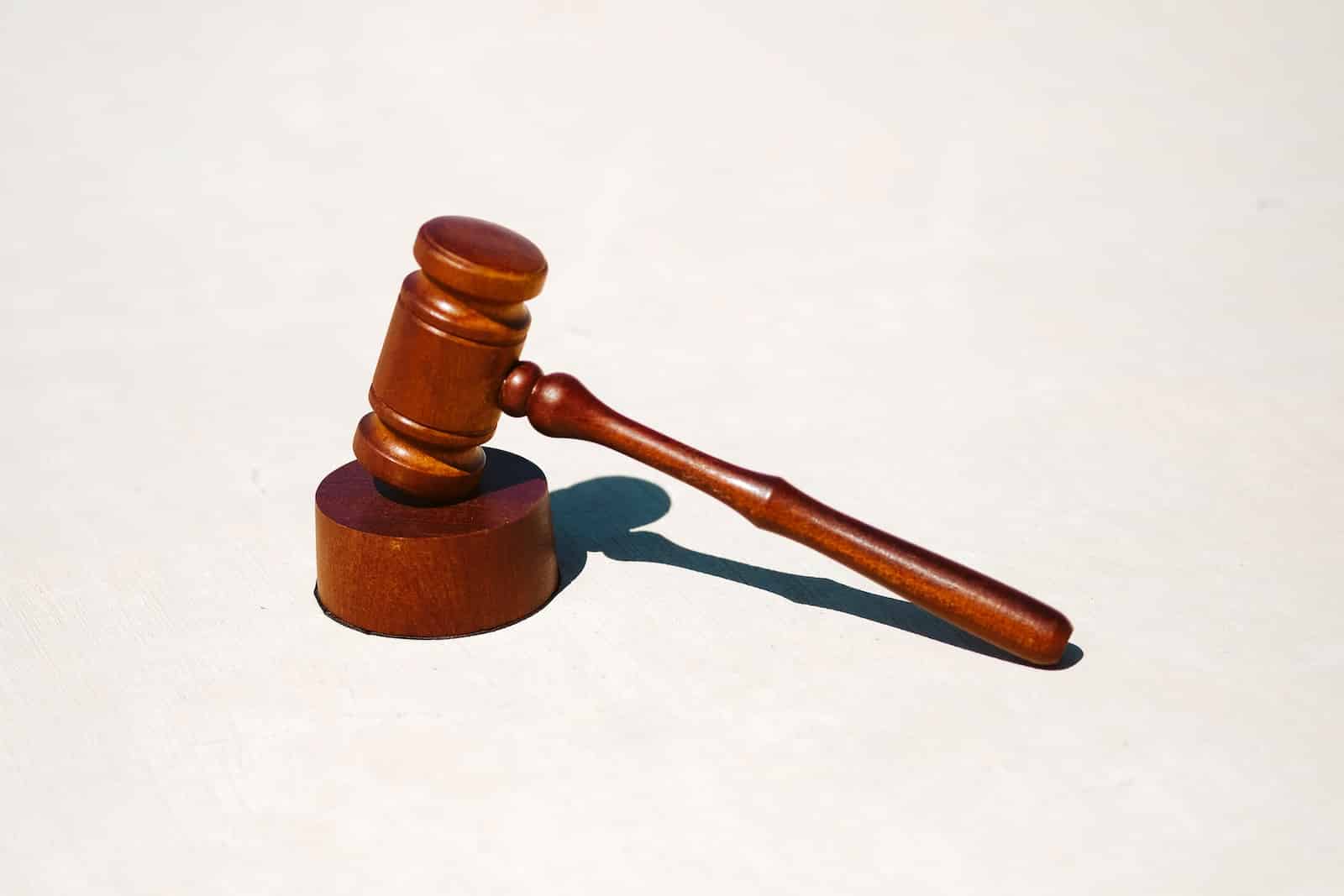Animation has become a vital tool in medical malpractice litigation, allowing legal counsel to present complex medical information in a more comprehensible manner to judges and juries. In this article, we will delve into the utilization of animation in medical malpractice legal proceedings and the advantages it can provide.

One of the key benefits of animation in medical malpractice cases is its ability to illustrate complex medical concepts and procedures to non-experts. For instance, animation can be employed to demonstrate surgical procedures, highlighting any deviations from the standard of care that may have resulted in patient harm. This can assist the trier of fact in making more informed decisions, leading to more accurate verdicts.
Testimony
Animation can also be utilized to clarify testimony, such as reenacting the chronological sequence of events that led to the patient’s injury. This can provide a more accurate representation of what transpired and can be employed to rebut conflicting testimony. Furthermore, animation can be employed to depict the extent of the patient’s injuries, which can be particularly persuasive in personal injury cases.
Complex Medical Conditions
Another advantage of animation in medical malpractice cases is its ability to explain complex medical conditions, such as congenital anomalies or chronic diseases, in a way that is easily understood by non-experts. This can be particularly helpful in cases where the patient’s medical history is a crucial factor in determining liability.
Cost-Effective
Animation can also be cost-effective when presenting evidence, particularly in cases that involve intricate medical procedures. It can also be employed to present alternative scenarios or simulations, which can be more cost-effective than physically recreating them.
In conclusion, animation can play a pivotal role in medical malpractice litigation by illustrating complex medical concepts and procedures to non-experts, clarifying testimony, depicting the extent of the patient’s injuries, explaining complex medical conditions, and being cost-effective. Legal professionals involved in medical malpractice cases should consider incorporating animation into their strategies to make a more compelling and convincing argument in court.


